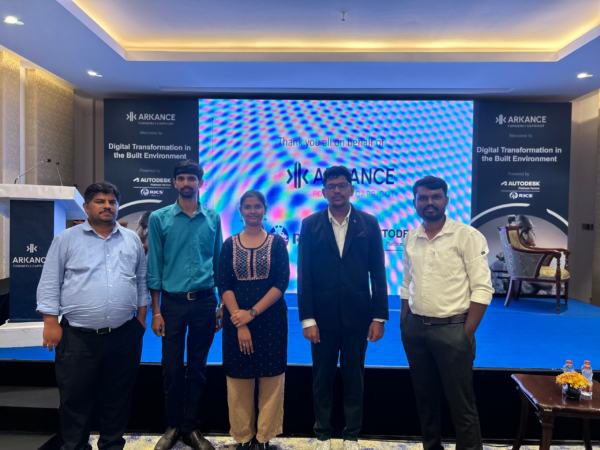
July 15, 2024 | Articles
Construction’s Digital Transformation & The Tools of Modern Project Management
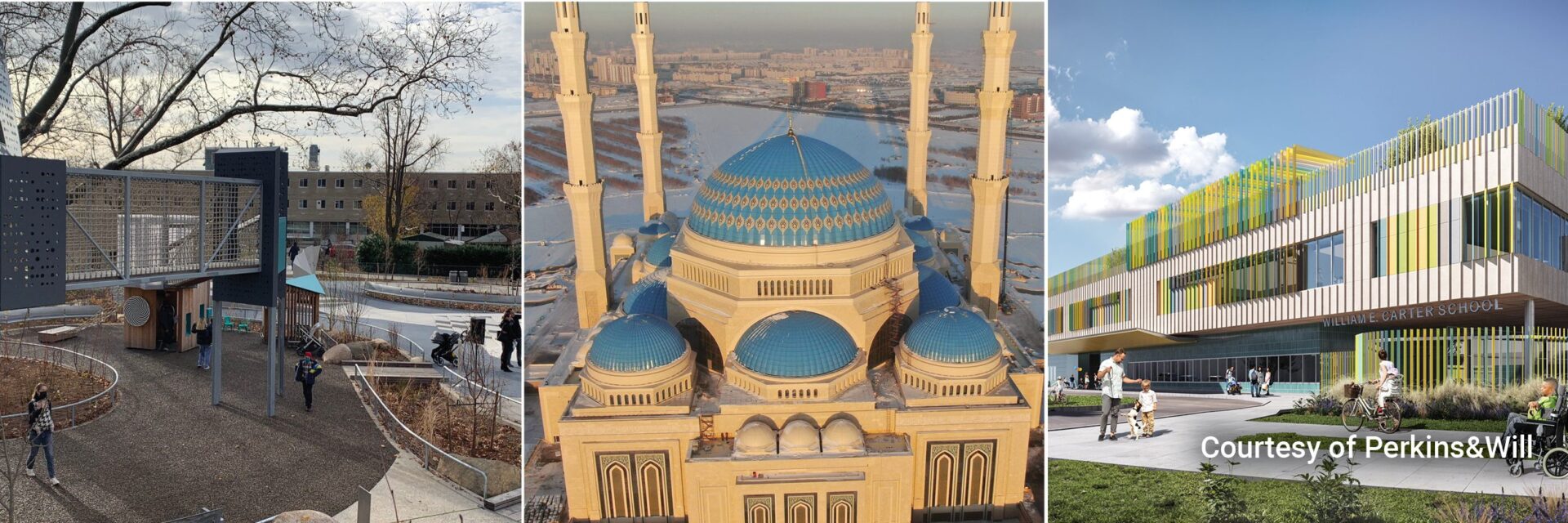
No matter how familiar a project may seem, each has its own situational constraints and goals. In other words: each project is unique. Nevertheless, some projects are so unique that they stand in a class of their own. The organizations undertaking such projects often have highly specialized missions these projects help fulfil. Such projects can take place in remote or challenging locations. They might have groundbreaking designs or use new means and methods for construction. Sometimes, they completely transform the surrounding community. No matter what factors give unique projects their distinct flavor, the most unique projects generally involve a correspondingly high level of complexity.
As a program, project, and construction manager, Hill International, Inc. has been part of many project teams responsible for delivering one-of-a-kind projects in diverse markets around the world. A close look at a few of these projects reveals which assets and strategies helped the project teams overcome unique challenges and deliver these projects as envisioned.
Battery Playscape – Manhattan, NY
Climate change is escalating flooding risk in low-lying regions around the world, and many governments are exploring ways to mitigate this risk with “green infrastructure.” As opposed to grey infrastructure—pipes, sewage, and tunnels—green infrastructure takes advantage of the natural water-capturing processes of plants and soil. In urban areas dense with traditional grey infrastructure, parks provide an excellent opportunity for incorporating green infrastructure into a city’s existing water management processes. The New York City Department of Parks & Recreation’s (Parks) Battery Playscape project in lower Manhattan is a high-profile and high-impact example of a city government leveraging park space to bolster its water management capabilities with green infrastructure
Completed in late 2021, the 1.5-acre Playscape’s green infrastructure includes local salt-tolerant plantings, impermeable paving, bioswales, and a 30,000-gallon reservoir to redirect and capture water during storm surges. These will help protect New York from future flooding events. In addition, the local plantings help protect New York’s native species.
Visually, the Playscape highlights its application of green infrastructure with playground equipment that reflects the surrounding ecosystems. This includes five zones: Bluff with granite slides; Riverbed and Marsh with the salt-tolerant gardens, elevated tree houses, and sand/water play; and Dune and Meadow presenting ShowBox, the first improv/puppet theater in a New York City playground. These zones sport many one-of-a-kind play features coming from around the world. These include buried “fossils” for children to discover in the Dune zone; the highest ADA-accessible point in a New York City park in the Bluff zone, with striking view of the harbor and the Statue of Liberty; water features in the Riverbed zone; architectural walls representing “cliffs” in the Bluff zone; a climbing wall of pre-cast components; and stamped metal shade structures in the Dune zone.
Delivering such a unique project necessitated a project team of exceptional depth and breadth, as well as a variety of vendors from all over the world. Specifically, Parks’ team included 5 different designers led by BKSK Architects and Starr Whitehouse Landscape Architects and Planners, 18 separate subcontractors in addition to main contractor Paul J. Scariano, Inc., and 8 different suppliers. Many City stakeholders—including the Battery Conservancy, the Lower Manhattan Development Corporation, the Manhattan Community Board, the U.S. Department of Housing and Urban Development, the Metropolitan Transportation Authority, and the New York public—were also involved.
As construction manager, Hill oversaw the work of the designers, the performance of the contractor and subcontractors, and the products and materials from all of the vendors. These services helped ensure a unified approach with consistent quality standards that met Park’s vision. By monitoring the master schedule, tracking costs, coordinating work on the project team, and facilitating open communication within the project team and to all external stakeholders, Hill also helped ensure that the project finished on time and under budget.
As the climate continues to change, the Playscape project will provide a template for other regions vulnerable to flooding, demonstrating how to incorporate green infrastructure into the urban streetscape, increase resiliency, and do so in style.
Nur-Sultan Grand Mosque – Nur-Sultan, Kazakhstan
One of Hill’s most unique projects is the Nur-Sultan Grand Mosque in Nur-Sultan, Kazakhstan. In addition to being the largest mosque in central Asia, the Astana-20 State Fund’s facility is an architectural marvel with many record-breaking features. At 60,000 SM, the Mosque is able to welcome more than 30,000 worshipers at a time. In addition to its sheer size, the Mosque is adorned with a variety of handmade ornamentation inspired by traditional Islamic and Kazakh designs, including some record-breaking features. These features include a nearly 200-meter calligraphic scroll, designed by hand, which will set a record for the longest calligraphic manuscript in the world; the Mosque’s Qibla wall, which features the largest mosaic wall found in any mosque; and a 70-meter medallion carpet, the largest of its kind.
Among the client’s other goals for the project, the Grand Mosque is also envisioned as a national emblem. From its blue, white, and gold color scheme to its conspicuous position in the country’s capital and the many Kazakh cultural quotations throughout, the Grand Mosque will serve as an iconic symbol for Kazakhstan and its people.
Designing and constructing such a groundbreaking facility required materials and personnel from around the world. In addition to the designer, general contractor, and project manager, this included the artists who hand-painted the interior of the Mosque’s massive central dome, calligraphers who designed and wrote the calligraphic script around the main dome, millions of hand-cut crystals and glass pieces for the Mosque’s chandelier and mosaics, specialized woodworkers who carved the Mosque’s massive wooden doors, and more.
The Hill team’s project management services, particularly design management, procurement, and cost control, helped reduce risk and gave the client greater confidence on such a large project with so many artistic features and unique costs. This project management support was especially important because the incorporation of art into the built environment generates certain risk. That is, it can be extremely difficult to represent the benefits of artistic features in a project’s financial model, and owners may be apprehensive about that uncertainty. On the Grand Mosque project, Hill worked with the Astana-20 State Fund to explore their vision, estimate benefits by using data from comparable projects, help ensure a cost-effective procurement, and limit risk.
The Mosque is expected to open its doors to thousands of worshipers in the summer of 2022 and stand as a national emblem for years to come.
Carter School – Boston, MA
The William E. Carter School in Boston, MA, is a unique institution with a unique mission: to provide an accessible, developmentally appropriate educational environment for students with cognitive, communication, and physical disabilities. Funded in part by funded by the Massachusetts School Building Authority (MSBA), Boston is undertaking a project to develop a new building for the Carter School. The new facility will replace the existing William E. Carter School—built in 1971—on the same site with a three-story, modern, flexible facility, capable of accommodating a diverse array of student needs for the long-term.
The Construction Manager at-Risk (CMAR) project is still in progress. However, the Hill project team has already taken great strides towards realizing the City’s vision. This includes defining the design scope and supporting the design process.
While the whole project team is well-versed in the nuances and opportunities of building public schools and other municipal facilities in Boston and the surrounding metro area, the Carter School project stands apart. Nearly all the school’s students use a wheelchair, and four-fifths of students have a degree of visual impairment. Many students require help with eating and other basic functions. These complex needs necessitate a very low staff-to-student ratio, specialty instructors in a variety of special education curricula, and full-time nurses. They also necessitate larger and more specialized spaces to accommodate wheelchairs, audiovisual aids, and other equipment.
To capture these needs in a cost-efficient way, the project’s pre-design phase had to be rigorous and detail oriented. The team used visioning sessions to identify all the school’s nuances and define what the new building had to achieve, helping to reduce changes down the line. The visioning sessions also helped develop community buy-in by bringing citizens and stakeholders together with the project team to develop a shared vision for the project. At these creative meetings, participants talked through the school day with Carter School teachers, therapists, and staff, identifying the important characteristics of each school-day experience. For example, one of the school’s laundry rooms doubles as a vocational space to teach life skills. Participants at the visioning sessions discussed what was needed for those facilities to continue functioning as suitable teaching spaces. Hill participated in the visioning sessions and helped the team develop a realistic vision, incorporated all the details of the visioning sessions into the Project Charter and Educational Program, and realized opportunities to accelerate the overall design process. Ultimately, the visioning sessions helped the project team design a building that will supply effective educational experiences for Carter School students.
The team is also leveraging the project’s alternative delivery method to great effect. By engaging a contractor prior to construction, the Carter School design benefited from early constructability reviews and the expertise of the contractor. For example, given the location of the school in a busy area in Lower Roxbury, the contractor was able to anticipate its unique logistical and staging constraints. The team was then able to work those factors into the overall design. In addition, Hill worked with the contractor to facilitate early construction packages, advancing the schedule while design was still underway.
With the efforts of the project team and school community, a new Carter School facility precisely tailored to student needs is taking shape in Boston. With a building that enables and enhances educational experiences, the teachers and support staff at the school will be more prepared than ever to accommodate diverse student needs and Carter School students will be empowered to thrive.
The Right Ingredients for Success
The Battery Playscape project is complete, and the Grand Mosque is on the cusp of successful completion. While the Carter School project still has a way to go, the project team has developed a tremendous design. Each of these three projects promises to make a massive difference in its community and mark a new high point for construction projects in its market. While by their very nature these projects are highly unique, certain factors have contributed to the success of all three projects.
The Hill team has facilitated the delivery of one-of-a-kind projects around the world. For more information about how Hill’s teams help deliver green parks, equitable public schools, and religious megaprojects, please visit www.hillintl.com.
Share

July 15, 2024 | Articles
Construction’s Digital Transformation & The Tools of Modern Project Management

July 10, 2024 | Articles
GC/CM at Post Falls: Managing Avista’s North Channel Dam Rehabilitation Project
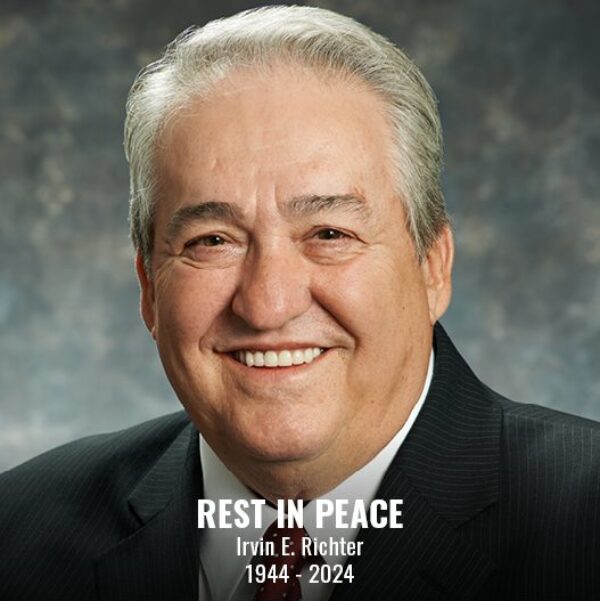
June 23, 2024 | Articles
Irv Richter – An Innovator, A Pioneer, A Leader (1944 – 2024)

June 14, 2024 | Articles
Environment of Care Standards – Meeting the Challenge (Part Two)

June 13, 2024 | Articles
PMO for Public Transit Project Success: The Reopening of Philadelphia’s Franklin Square Station

June 7, 2024 | Articles
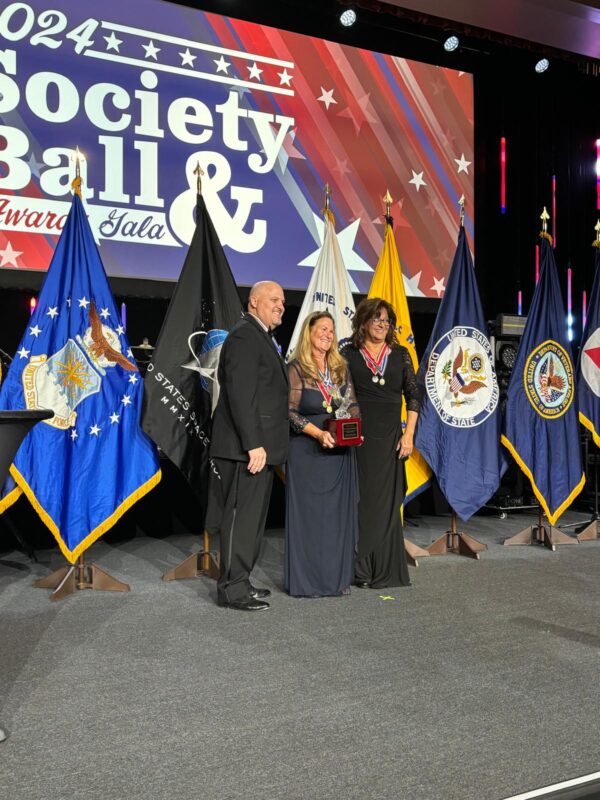
May 17, 2024 | Articles
Hill Interim Federal Market Sector Leader Jane Penny Receives Golden Eagle Award
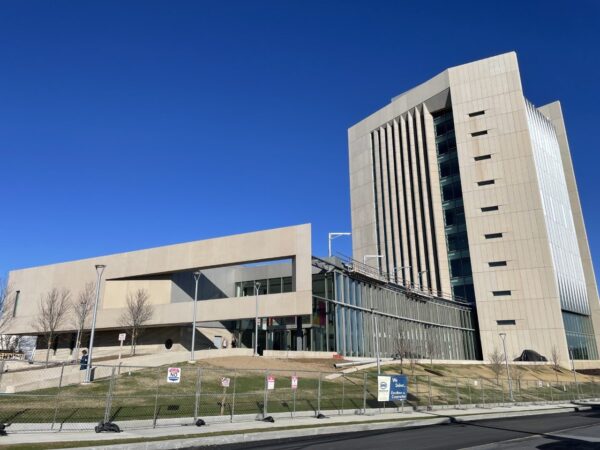
April 11, 2024 | Articles
A Model Move: Managing Move-In at the Sylvia H. Rambo U.S. Courthouse